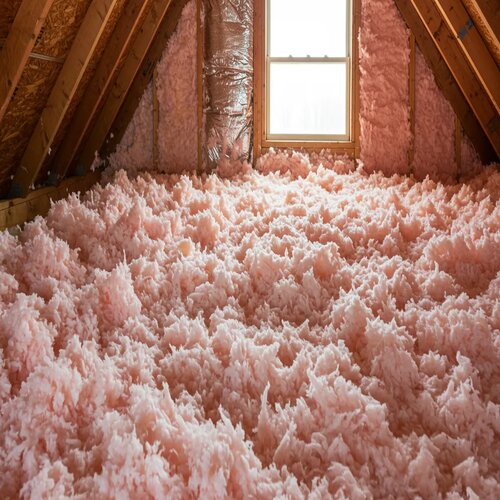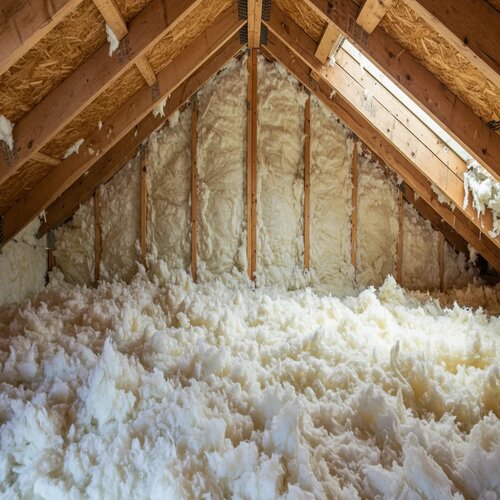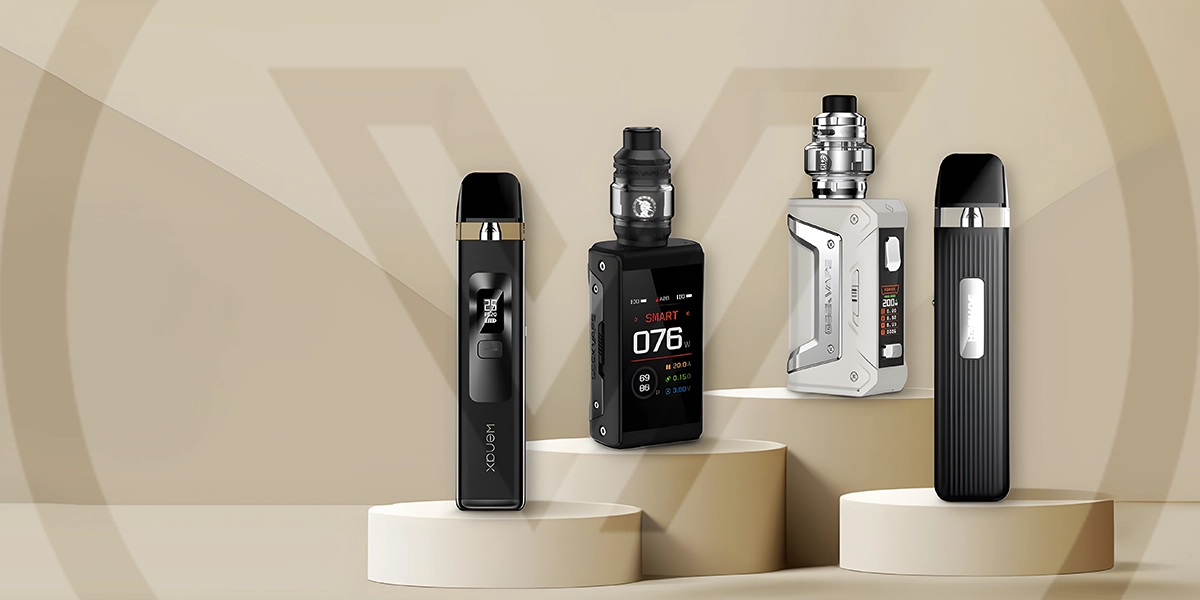Discover the Benefits of Blown-In Fiberglass Insulation for St. Petersburg, FL Homes

When it comes to improving energy efficiency and comfort in homes throughout St. Petersburg, Florida, blown-in fiberglass insulation stands out as one of the most effective and versatile options. This insulation method offers a combination of thermal performance, affordability, and ease of application that aligns well with the climate and housing structures in this region.
Blown-in fiberglass insulation is ideal for retrofitting attics, walls, and hard-to-reach cavities. It delivers consistent coverage, reducing gaps and thermal bridging that can lead to energy loss. For Florida homeowners looking to upgrade their insulation, this solution offers a solid balance between performance and cost.
This article explores the key benefits, installation factors, and regional considerations of blown-in fiberglass insulation to help you determine if it’s the right fit for your home.
Understanding Blown-In Fiberglass Insulation
Blown-in fiberglass insulation consists of fine glass fibers blown into place using specialized machinery. It creates a seamless blanket of insulation, particularly effective in attics and wall cavities.
Benefits at a Glance
- Even Coverage: Fills irregular spaces and gaps missed by batts
- Non-Combustible: Provides added fire safety
- Moisture Resistant: Does not absorb water, reducing mold risk
- Non-Settling: Maintains insulating value over time
Technical Performance Comparison
| Feature | Blown-In Fiberglass | Batt Fiberglass | Cellulose Insulation |
|---|---|---|---|
| R-Value (per inch) | R-2.2 to R-2.9 | R-2.9 to R-3.8 | R-3.2 to R-3.8 |
| Fire Resistance | Excellent | Excellent | Moderate |
| Settling Over Time | Minimal | N/A | Moderate |
| Air Leakage Control | Good | Poor | Good |
| Moisture Resistance | High | Moderate | Low |
| Pest Resistance | Good | Good | Treated for insects |
| Typical Applications | Attics, walls | Walls, floors | Attics, walls |
Why It’s Ideal for St. Petersburg Homes
Managing Heat and Humidity
St. Petersburg’s subtropical climate brings year-round humidity and high summer temperatures. Blown-in fiberglass helps maintain consistent indoor temperatures by reducing attic heat gain, which directly affects cooling loads.
Moisture Considerations
The insulation’s inorganic composition resists mold growth, even in moist conditions. This is a significant advantage in Florida, where humidity can create challenges for other types of insulation.
Energy Efficiency Impact
According to the U.S. Department of Energy, upgrading insulation in attics and walls can cut heating and cooling costs by 15% or more. Blown-in fiberglass offers substantial long-term savings when installed properly.
Bonus Tip: Seal air leaks before installation to maximize the insulation’s effectiveness.
Installation Considerations
Application Method
Blown-in fiberglass requires a blowing machine and is typically installed by professionals. It can be applied over existing insulation layers if they are in good condition.
Time and Labor
Most attic installations can be completed in less than a day, making it a minimally disruptive upgrade.
Health and Safety
Modern fiberglass insulation is manufactured to reduce airborne particles and irritation. Installers use PPE, but once installed, the insulation is safe and inert.
Bonus Tip: Inquire about insulation depth markers to ensure the correct R-value is reached.
Things to Consider Before Choosing Insulation
1. Local Building Codes and Rebates
Florida building codes require specific insulation values. Check local mandates and take advantage of available incentives or utility rebates.
2. Home Age and Construction Type
Older homes may require air sealing and minor retrofits before blown-in insulation can be added effectively.
3. HVAC System Compatibility
Ensure your HVAC system is properly sized for the new insulation levels to avoid overcooling or short cycling.
Common Homeowner Questions
How long does blown-in fiberglass insulation last?
Properly installed, it can last 20–30 years with minimal maintenance.
Can it be installed over old insulation?
Yes, provided the existing insulation is dry, uncontaminated, and evenly distributed.
Does it require a vapor barrier?
In Florida’s climate, vapor barriers are usually not recommended. The insulation’s breathability helps manage moisture.
Will it improve indoor air quality?
By reducing drafts and sealing gaps, it can indirectly contribute to better air quality and comfort.
Is it environmentally friendly?
Many brands use recycled glass content and are formaldehyde-free.
Finding the Right Insulation Expertise
Blown-in fiberglass insulation offers a practical and cost-effective way to improve energy efficiency, comfort, and air quality in St. Petersburg homes. It’s especially effective in humid, warm climates where proper attic insulation plays a vital role in home performance.
For homeowners seeking professional guidance or services, On the Mark Spray Foam Insulation is a provider with experience in this field.
Readers can learn more about On the Mark Spray Foam Insulation’s services:
Company: On the Mark Spray Foam Insulation
Phone: (813) 921-0444
Email: tommybaldwin901@gmail.com
Learn more about blown-in insulation options in Florida










